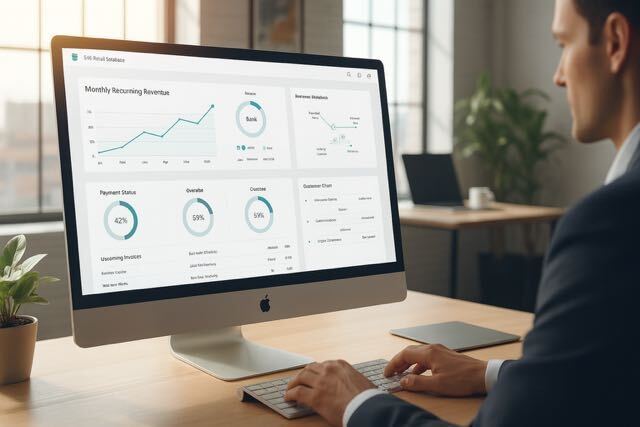Managing Partner Growth – How To Take It to the Next Level

A partner program is a crucial investment with tremendous benefits to your business. However, no program is perfect. Systematically measuring partner performance and tracking performance is vital to its success. Since “you can’t fix what you can’t measure,” measuring the right KPIs can be the difference between successful partner growth and partner program failure.
Let me simplify this further by taking you back to your high school days. Remember that one student that wouldn’t or contributed less to group projects but would still take credit for the “A” at the end of the project? Also, you’d think other members of the team were helping when, in fact, they were not.
In a channel sales program, unless you strategically measure the right KPIs, you won’t know if the program is working or if an underperforming student is derailing the team and taking credit where they don’t deserve it.
So, whether you’re starting a channel partner program or scaling up an existing one, the goal remains to encourage partners to maximize sales. This article covers essential partner program KPIs that can help you take your channel sales to the next level.
ROI Calculator | Calculate Your Savings to Boost Partner Programs
How Do You Measure Partner Program Performance?
Measuring the effectiveness of your partner program can be difficult due to an overwhelming number of metrics to choose from. Please note that the success of your channel sales largely depends on measuring the “right” KPIs. So, it’s important to first look at the types of KPIs and how to choose the right one.
Channel sales performance measures fall under two types of KPIs—strategic and financial. On the one hand, Strategic KPIs are intangible metrics that assess the success of business engagement or activity. On the other hand, financial KPIs are measurable indicators that determine the financial effectiveness of a partner program. So, strategic KPIs are used to evaluate risk assessment, competitive advantage, and partner engagement, whereas financial KPIs focus on revenue, customer value, and transaction frequency.
Partner Program KPIs to Measure
Now that you know how to measure the success of channel sales, what specific channel sales metrics should you measure to ensure the success of your program? Before we delve into these KPIs, ensuring that your program aligns with your business goals and values is wise. In doing so, the KPIs will offer valuable insights into whether your program is working and contributing to your business's success.
Strategic KPIs
Scope of Work (SOW): This partner program KPI is essential in clarifying what’s expected of each partner in their engagements. It helps track progress toward goals and the costs involved. So, when measuring your partners’ SOW, determine if and the extent to which they stay within appropriate timelines, address technical challenges, stay within budget, perform their responsibilities, and complete their tasks.
Partner Values: The values and experience of your partners should be assessed before bringing them on board to ensure they are consistent with your business values. Also, measuring the extent to which they stick to these values is essential in ensuring the consistency of your program.
Engagement and Satisfaction: The degree to which your partners are engaged is vital to the success of your channel sales. So, prioritize measuring your partners' fulfillment of their tasks and commitment to their goals. The best way to do this is to conduct regular partnership satisfaction surveys.
Calculate Your Savings for Free | Boost Your Partner Programs
Financial KPIs
Partner Revenue: This is the most critical channel partner growth KPI. After all, maximizing revenue is your program’s primary goal, right? There are two ways to measure revenues generated by your partners—partner-source revenue and partner-influenced revenue. The former looks at the direct revenue generated by a deal sourced by a partner, whereas the latter is concerned with the indirect revenue partners generate by helping you close a deal.
ROI: The return on investment (ROI) looks at the financial success of the investment by weighing returns against the costs of running the program. Measuring ROI is challenging for many because of the data required for its calculation. However, determining and tracking the conversion rate, cost per lead, click-through rate, and lifetime value is an excellent place to start.
Customer Satisfaction: Customer satisfaction is key to generating sales and maximizing revenue. Your revenues may be high, but if customers are not satisfied with the services they receive, the partner program needs to live up to its expectations. So, conduct customer surveys periodically to understand what partners sell, market, and support their customers successfully.
Bottom Line
Measuring the right KPIs is a fail-proof approach to growing and optimizing your partner program. There are various options, most of which may be outside your unique situation. So, you first want to establish the ideal KPIs that help you work well with your partner based on your goals and values. You don’t need many indicators, just those that offer valuable insights and help you gain new perspectives. The metrics above can help you take your channel sales to the next level.
Want to scale your partner programs? Engage, enable, and power partner growth with Zomentum PRM+.





.png)









